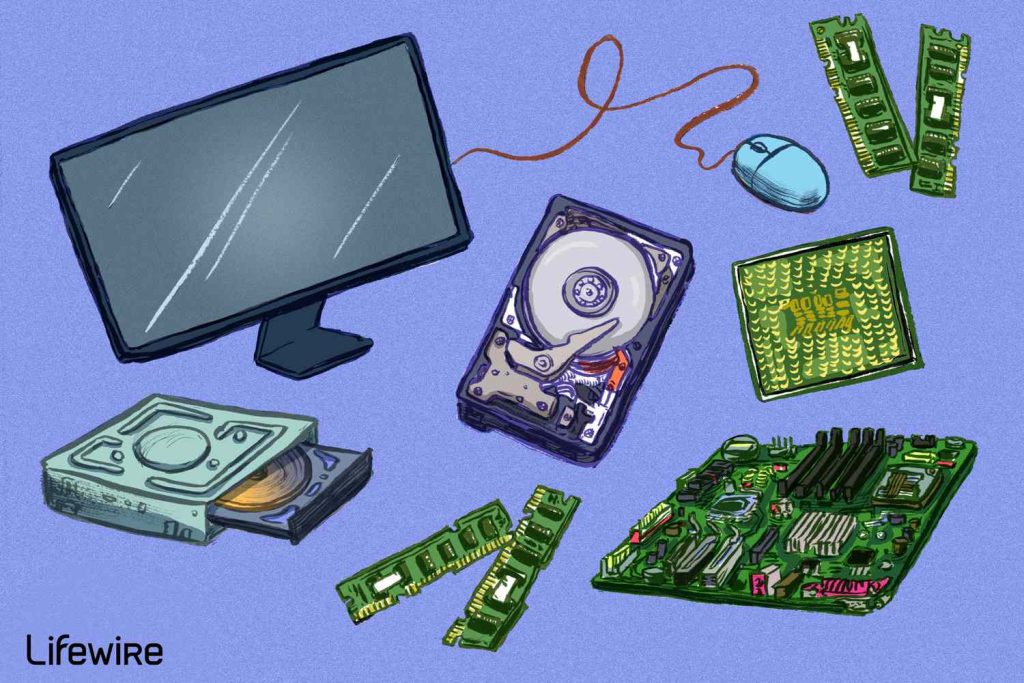Hardware encompasses the tangible the different parts of research methods, helping as the foundation for electronic engineering and innovation. From the simple abacus to the cutting-edge quantum computers of today, equipment has undergone an extraordinary evolution, pushed by advancements in materials technology, engineering, and computing theory. At their core, equipment comprises a varied array of components, including processors, storage segments, storage devices, input/output peripherals, and network gear, each playing an important position in the functionality and performance of research systems.
The rapid pace of technological progress has led to the development of significantly effective and efficient hardware solutions. Moore’s Law, which anticipates that the amount of transistors on integrated tracks can double approximately every couple of years, has served as a guiding concept for hardware development, driving creativity and fueling exponential development in computational capabilities. Consequently, modern electronics units are capable of performing complex calculations and executing innovative methods with unprecedented speed and efficiency.
One of the most significant styles in equipment development is the shift towards similar processing architectures. Old-fashioned sequential handling techniques are now being augmented or changed by parallel control techniques, which let numerous projects to be performed simultaneously, leading to significant improvements in performance and scalability. Similar processing is particularly well-suited for tasks such as medical simulations, knowledge evaluation, and artificial intelligence, where large datasets and complicated computations are common.
Still another important part of hardware creativity may be the growth of particular accelerators and co-processors made to offload unique computational projects from the CPU. Design control items (GPUs), like, are generally useful for accelerating graphics portrayal and parallel processing tasks, while field-programmable gate arrays (FPGAs) present mobility and programmability for a wide selection of applications. Now, there has been a growing curiosity about neuromorphic research, which attempts to imitate the structure and purpose of the human mind applying hardware-based neural networks.
Along with improvements in running energy and performance, equipment development in addition has focused on increasing energy effectiveness and sustainability. As considerations about climate modify and environmental impact develop, there is increasing force on hardware producers to create products that eat up less energy and make fewer emissions. This has resulted in inventions such as for instance low-power processors, energy-efficient information stores, and eco-friendly production procedures, all directed at lowering the environmental presence of computing technology.
Protection is another important factor in hardware design, particularly in light of the growing threats posed by cyber attacks and knowledge breaches. Hardware-based security features, such as for example secure start systems, hardware encryption, and trusted platform segments (TPMs), support defend painful and sensitive information and assure the reliability of processing systems. Furthermore, breakthroughs in hardware-based authorization and biometric technologies provide new methods to enhance protection and privacy in digital systems.
As equipment remains to evolve and improve, it’s operating innovation across a wide variety of industries https://www.asianews.ir/u/dWh and applications. From autonomous vehicles and clever devices to healthcare devices and professional robots, hardware technologies are reshaping just how we stay, perform, and interact with the planet about us. With constant research and growth efforts pushing the boundaries of what’s probable, the ongoing future of hardware keeps huge promise for continued progress and innovation in the digital age.

